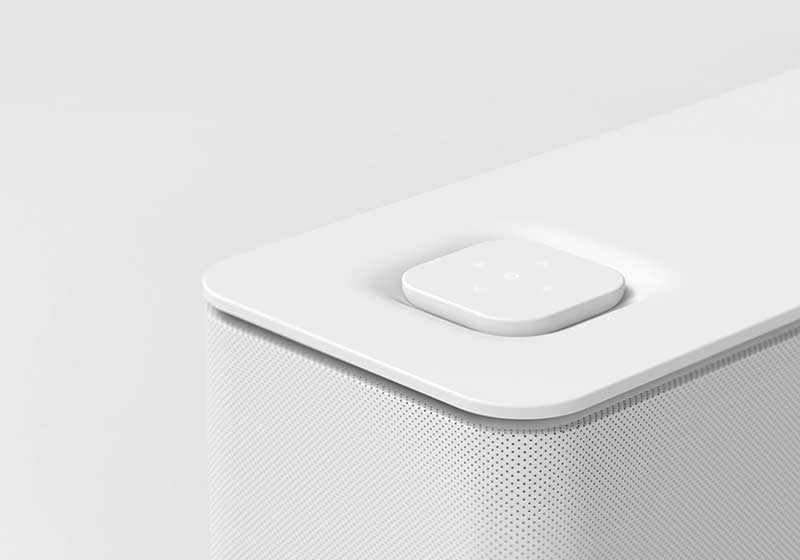Design Thinking
Design thinking: sounds innovative
It is a method in which you put people at the center, and from which you subsequently tackle more complex issues and provide insight. You will therefore have to think and act in a slightly different way than you are used to. Curious about what we mean by this? Then read on quickly, we’ll tell you everything you need to know about design thinking.




The Five Stages of Design Thinking
The Hasso Plattner Institute of Design at Stanford (aka the d.school) describes design thinking as a five-stage process. Note: These stages are not always sequential, and teams often run them in parallel, out of order and repeat them in an iterative fashion.
Stage 1: Empathize—Research Your Users’ Needs
Here, you should gain an empathetic understanding of the problem you’re trying to solve, typically through user research. Empathy is crucial to a human-centered design process such as design thinking because it allows you to set aside your own assumptions about the world and gain real insight into users and their needs.
Stage 2: Define—State Your Users’ Needs and Problems
It’s time to accumulate the information gathered during the Empathize stage. You then analyze your observations and synthesize them to define the core problems you and your team have identified. These definitions are called problem statements. You can create personas to help keep your efforts human-centered before proceeding to ideation.
Stage 3: Ideate—Challenge Assumptions and Create Ideas
Now, you’re ready to generate ideas. The solid background of knowledge from the first two phases means you can start to “think outside the box”, look for alternative ways to view the problem and identify innovative solutions to the problem statement you’ve created. Brainstorming is particularly useful here…
Stage 4: Prototype—Start to Create Solutions
This is an experimental phase. The aim is to identify the best possible solution for each problem found. Your team should produce some inexpensive, scaled-down versions of the product (or specific features found within the product) to investigate the ideas you’ve generated. This could involve simply paper prototyping.
Stage 5: Test—Try Your Solutions Out
Evaluators rigorously test the prototypes. Although this is the final phase, design thinking is iterative: Teams often use the results to redefine one or more further problems. So, you can return to previous stages to make further iterations, alterations and refinements – to find or rule out alternative solutions.
Overall, you should understand that these stages are different modes which contribute to the entire design project, rather than sequential steps. Your goal throughout is to gain the deepest understanding of the users and what their ideal solution/product would be.








